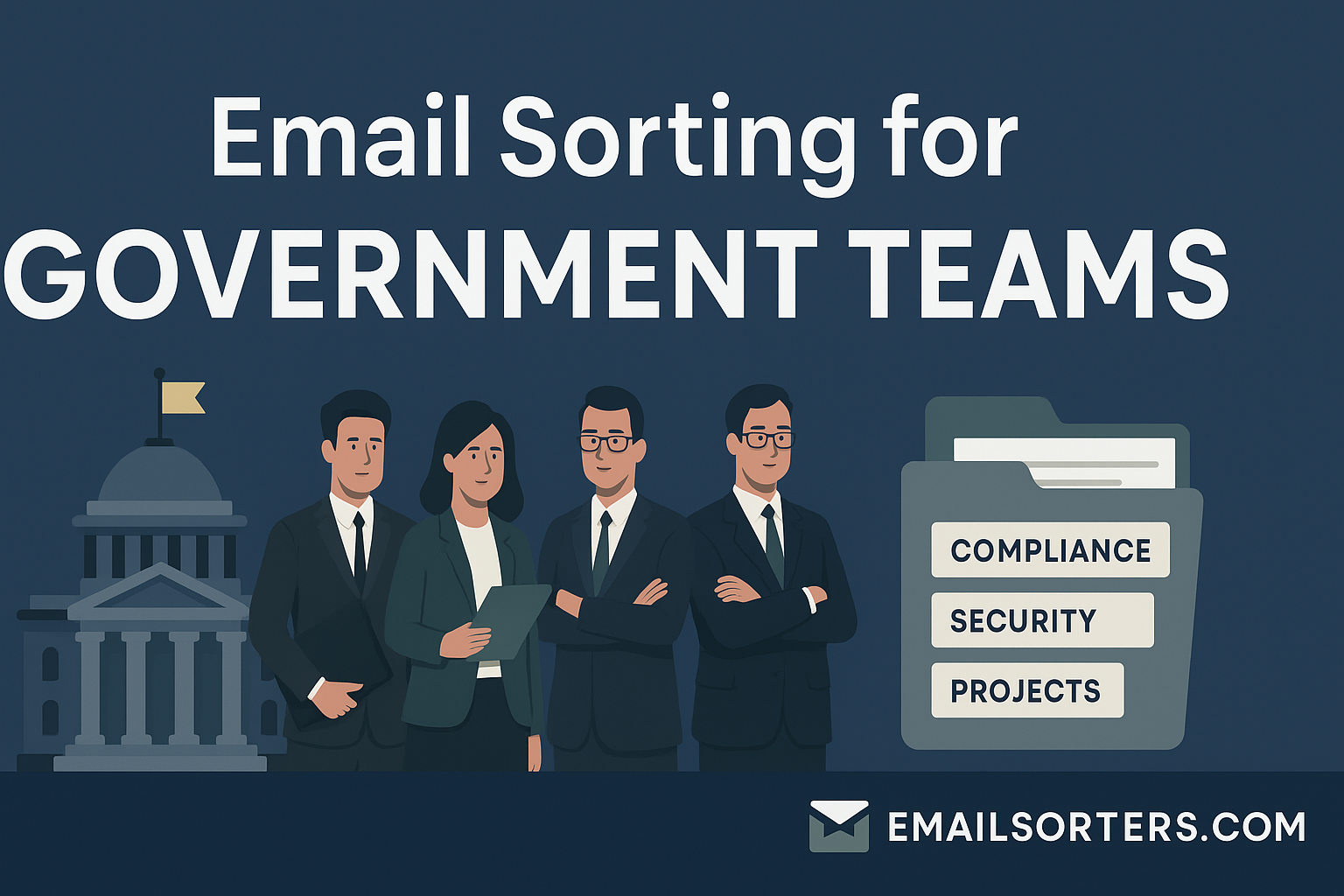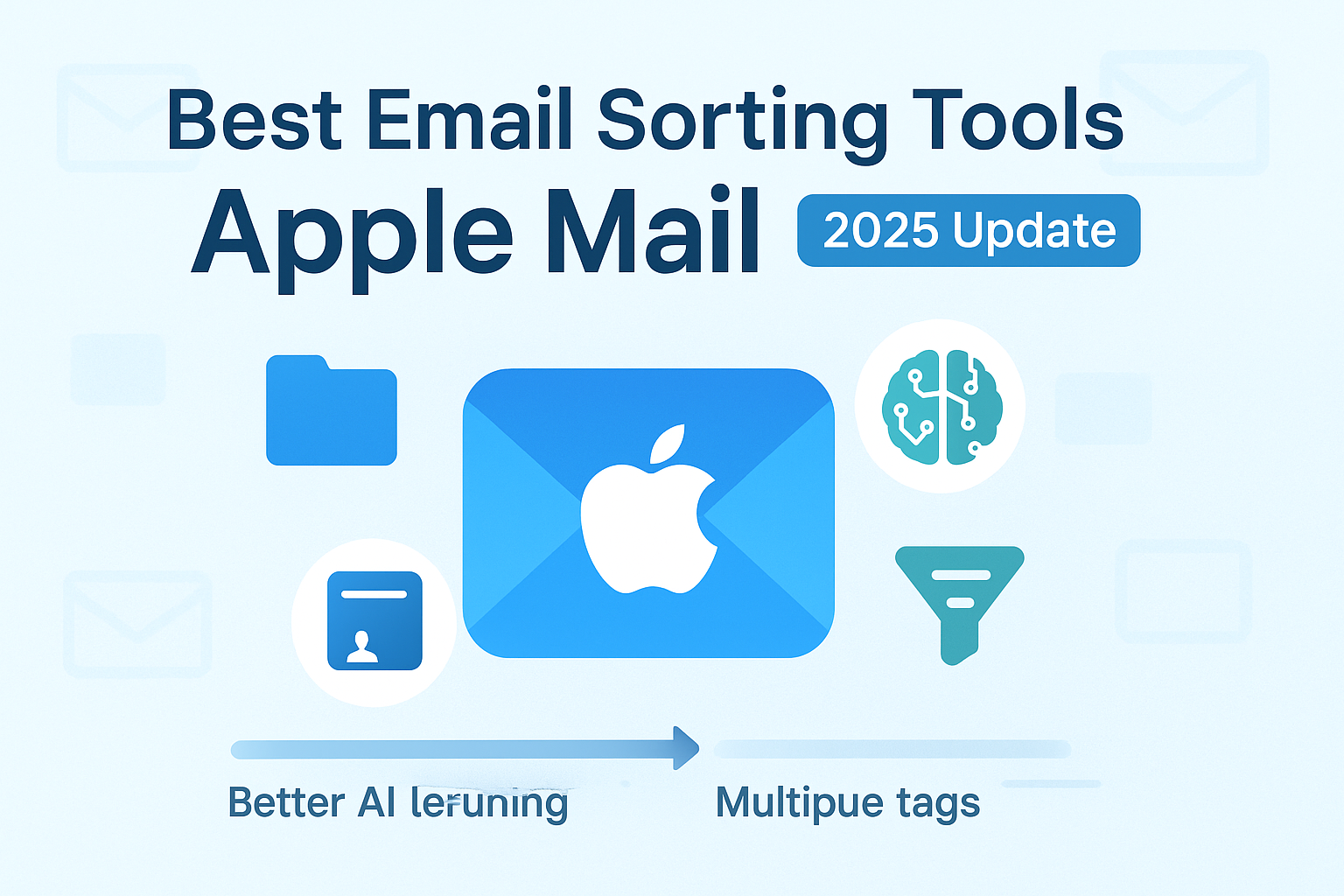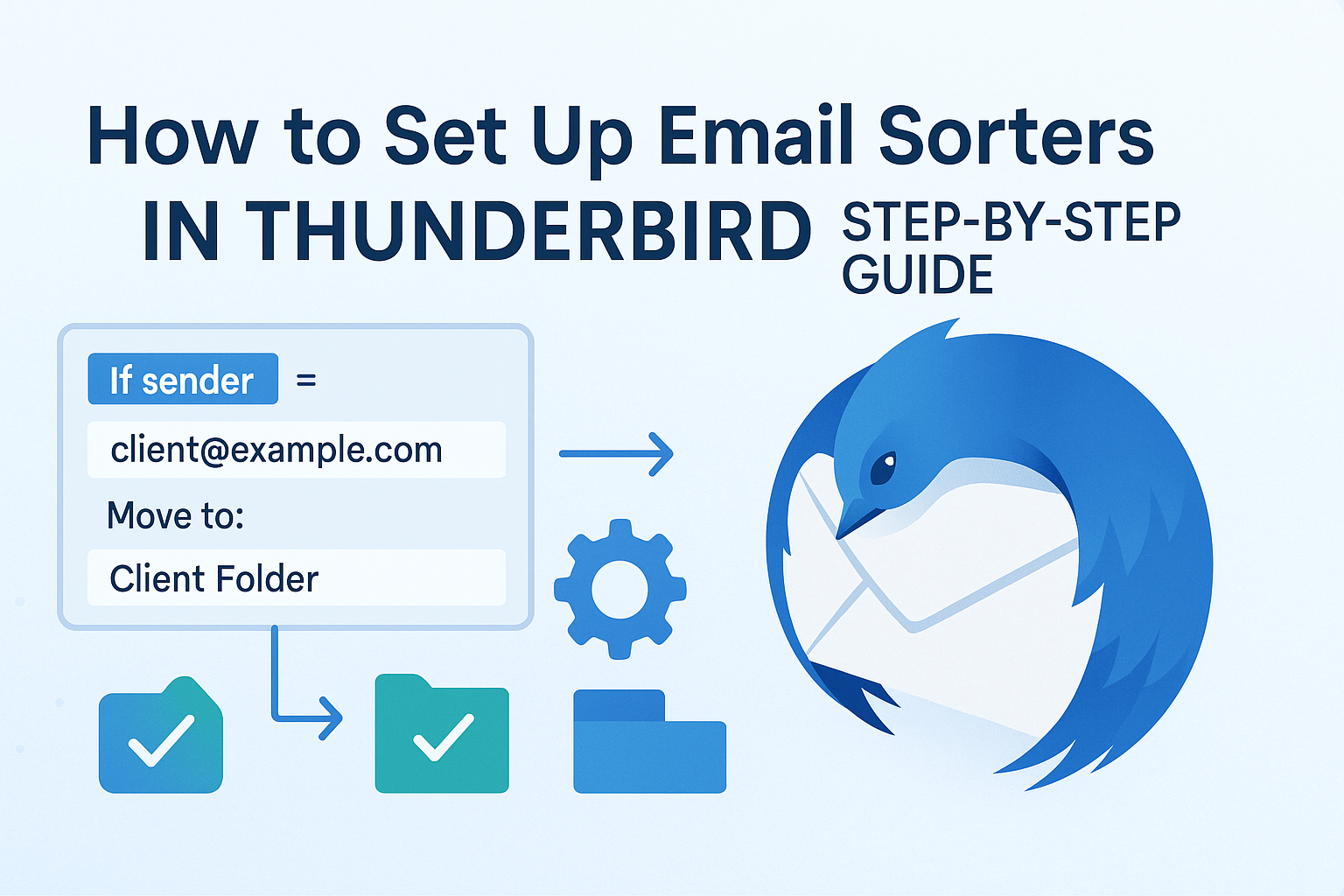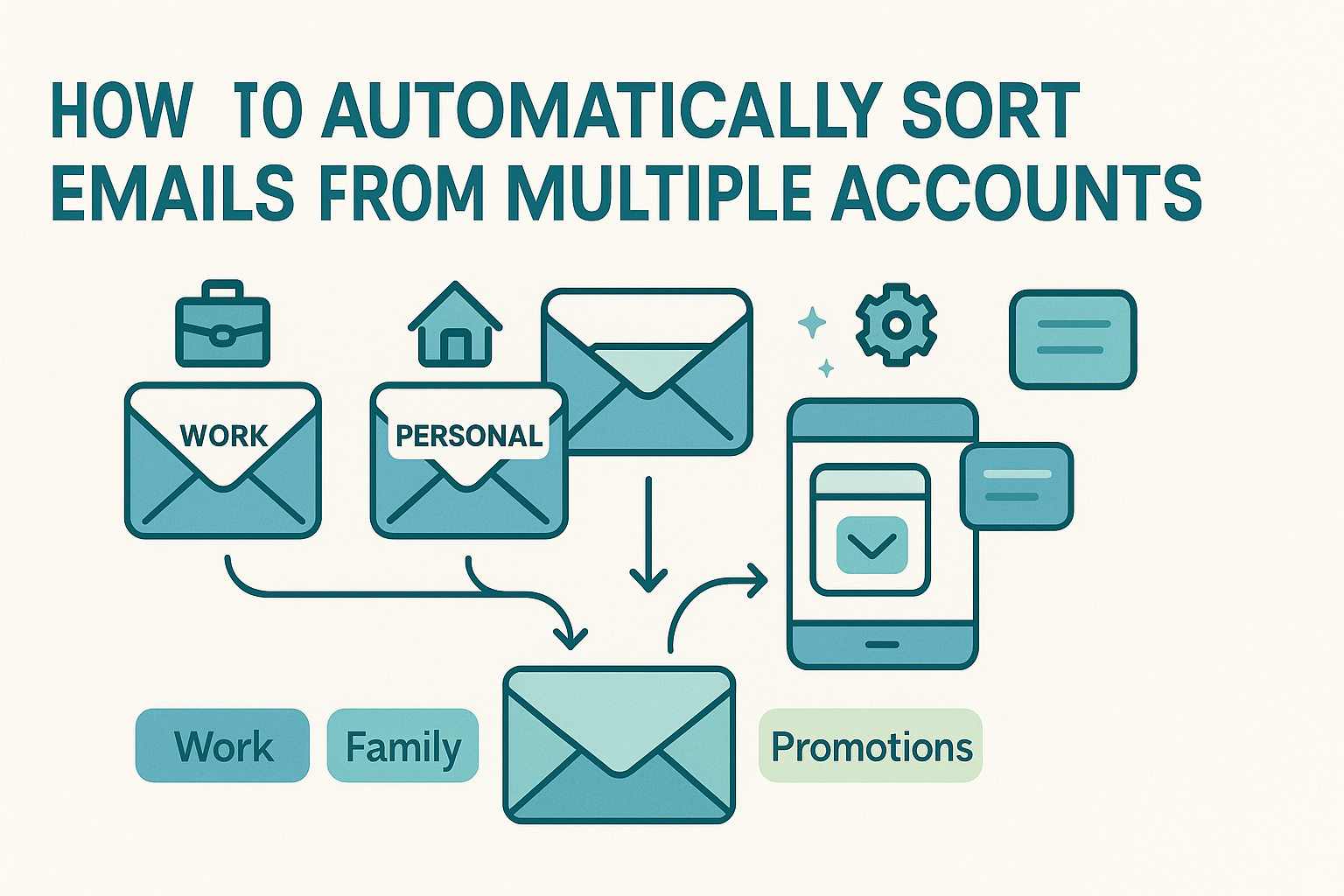Government teams handle massive amounts of email daily. From citizen inquiries to internal memos, the inbox is a critical hub. But unorganized emails lead to delays, errors, and missed opportunities. Government email sorting powered by AI can streamline workflows, boost productivity, and keep sensitive data secure. Using natural language processing (NLP) and machine learning, secure email automation cuts through the clutter. This post explores how AI transforms email management for public sector teams, ensuring faster responses and compliance with strict regulations.
The Email Overload Problem in the Public Sector
Government agencies drown in emails. A single department might process thousands of messages weekly. City councils, health agencies, and law enforcement all face this challenge. Emails range from citizen complaints to urgent internal directives. Without proper systems, critical messages get buried.
Manual sorting creates bottlenecks. Staff spend hours categorizing emails, leading to delays. Human error can misroute sensitive information, risking leaks or missed deadlines. Lost emails mean lost opportunities to serve the public. AI for public sector communications offers a smarter way to manage this flood.
- Volume: Thousands of emails daily across agencies.
- Delays: Manual sorting slows response times.
- Errors: Misfiled emails lead to missed actions or breaches.
How AI-Based Email Sorting Works
AI-powered email sorting uses advanced tech to organize inboxes. Natural language processing (NLP) and machine learning analyze email content. These systems read text, identify key topics, and sort messages automatically. They tag emails by urgency, department, or subject. For example, an AI can flag a citizen complaint as “urgent” or route a budget query to finance.
Key features include:
- Entity Recognition: Identifies names, dates, or locations in emails.
- Sentiment Analysis: Detects tone (e.g., urgent, neutral, or angry) to prioritize responses.
- Routing: Sends emails to the right department or team member.
- Filtering: Separates spam, internal memos, or public inquiries.
These tools learn over time, improving accuracy with use. Email classification in government becomes faster and more reliable, reducing manual work.
Benefits for Government Teams
AI email sorting transforms how government teams operate. It saves time, reduces errors, and ensures compliance. Here’s how:
- Faster Responses: Urgent emails reach the right person quickly. For example, a health department can prioritize outbreak alerts.
- Less Admin Work: Staff focus on core tasks, not sorting emails. This frees up hours for serving citizens.
- Compliance-Friendly: Compliance-friendly AI email tools align with regulations like HIPAA or FOIA, ensuring secure handling.
- Better Collaboration: Emails route to the right teams, improving cross-agency teamwork.
For instance, a city government using smart inbox for teams can respond to citizen queries 30% faster, based on real-world pilots.
Security & Compliance Considerations
Government agencies handle sensitive data. Secure email automation must prioritize privacy and compliance. AI systems can use end-to-end encryption to protect email content. Internal-only filters ensure data stays within secure networks. On-premise solutions give agencies full control over data storage.
Regulatory compliance is critical. Agencies must follow laws like:
- HIPAA: Protects health-related data.
- GDPR: Ensures privacy for international communications.
- FOIA: Supports transparency for public records.
The NIST Guide to Email Security offers best practices for securing email systems. It recommends encryption, access controls, and regular audits. AI tools designed for government use align with these standards, ensuring email classification in government is both efficient and secure.
Types of Email Sorting Systems for Government Use
Government teams can choose from several AI email sorting systems. Each suits different needs and budgets.
- Prebuilt Tools:
- Google Workspace for Government: Cloud-based, with built-in AI for sorting and filtering. Easy to deploy but less customizable.
- Microsoft 365 Government: Offers secure email sorting with compliance features tailored for public sector needs.
- On-Premise and Hybrid Solutions: Agencies with strict security needs can host AI tools on their servers. These systems offer control but require more setup.
- Customizable Models: For agencies needing tailored solutions, building an AI sorter in-house is an option. Train an AI Email Sorter from Scratch provides a step-by-step guide for creating custom models. This approach ensures full control over data and functionality.
Each option balances ease of use, security, and customization. Agencies can pick based on their size and needs.
Real-Life Scenarios & Use Cases
AI email sorting shines in real-world government settings. Here are examples:
- City Governments: A mid-sized city receives 10,000 citizen emails monthly. AI sorts complaints (e.g., potholes, permits) by department, cutting response times by 25%. Urgent issues like safety concerns go straight to leadership.
- Law Enforcement: Police departments use AI to route evidence submissions or crime tips to the right unit. For example, cybercrime reports go to tech specialists, while physical evidence goes to detectives.
- Health Departments: During COVID-19, agencies sorted thousands of health forms daily. AI flagged urgent cases, like outbreak reports, for immediate action.
- Legislative Bodies: Congressional offices separate press inquiries from internal memos. AI ensures media requests don’t clog critical workflows.
These cases show how government email sorting improves efficiency and public service.
Challenges and How to Overcome Them
Implementing AI email sorting isn’t without hurdles. Here’s how to address common challenges:
- Legacy Systems: Many agencies use outdated email platforms. Solution: Choose AI tools with flexible APIs or hybrid setups to integrate smoothly.
- Training Non-Tech Teams: Staff may resist new tech. Solution: Offer simple training sessions and user-friendly interfaces to ease adoption.
- Stakeholder Buy-In: Leadership may hesitate due to costs or risks. Solution: Present data on time savings and compliance benefits to build trust.
- Budget Delays: Procurement can be slow. Solution: Start with pilot programs to prove value before seeking larger budgets.
Addressing these ensures a smoother rollout of AI for public sector communications.
How to Get Started with AI Email Sorting
Ready to implement smart inbox for teams? Follow these steps:
- Audit Current Systems: Review email volume, response times, and pain points. Identify departments with the highest email load.
- Define Goals: Decide what to prioritize—speed, security, or compliance. Set measurable targets, like reducing response time by 20%.
- Test Pilot Tools: Start with a prebuilt tool like Microsoft 365 Government or a custom solution. Test in one department to measure impact.
- Evaluate Results: Track metrics like response time, error rates, and compliance adherence. Adjust based on feedback.
- Scale Up: Roll out to more teams once the pilot succeeds. Train staff and monitor performance.
For agencies wanting full control, consider building a custom solution. Train an AI Email Sorter from Scratch offers a guide to creating tailored AI models.
Conclusion
AI-powered government email sorting is a game-changer for public sector teams. It tackles email overload, reduces errors, and ensures secure communication. By leveraging secure email automation, agencies can respond faster, collaborate better, and meet compliance needs. Whether using prebuilt tools like Google Workspace or building custom models, the benefits are clear. Explore compliance-friendly AI email tools or dive into Train an AI Email Sorter from Scratch for a tailored approach. Start small, test smart, and transform how your agency handles email.




